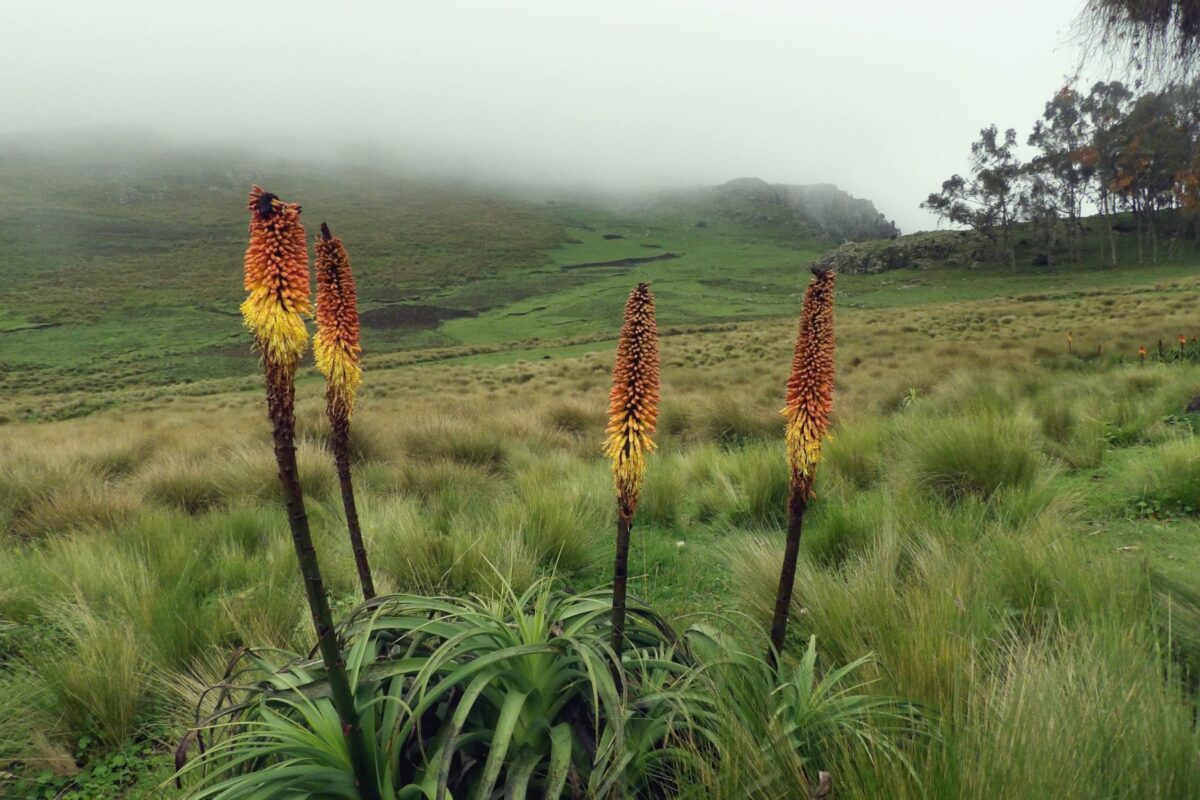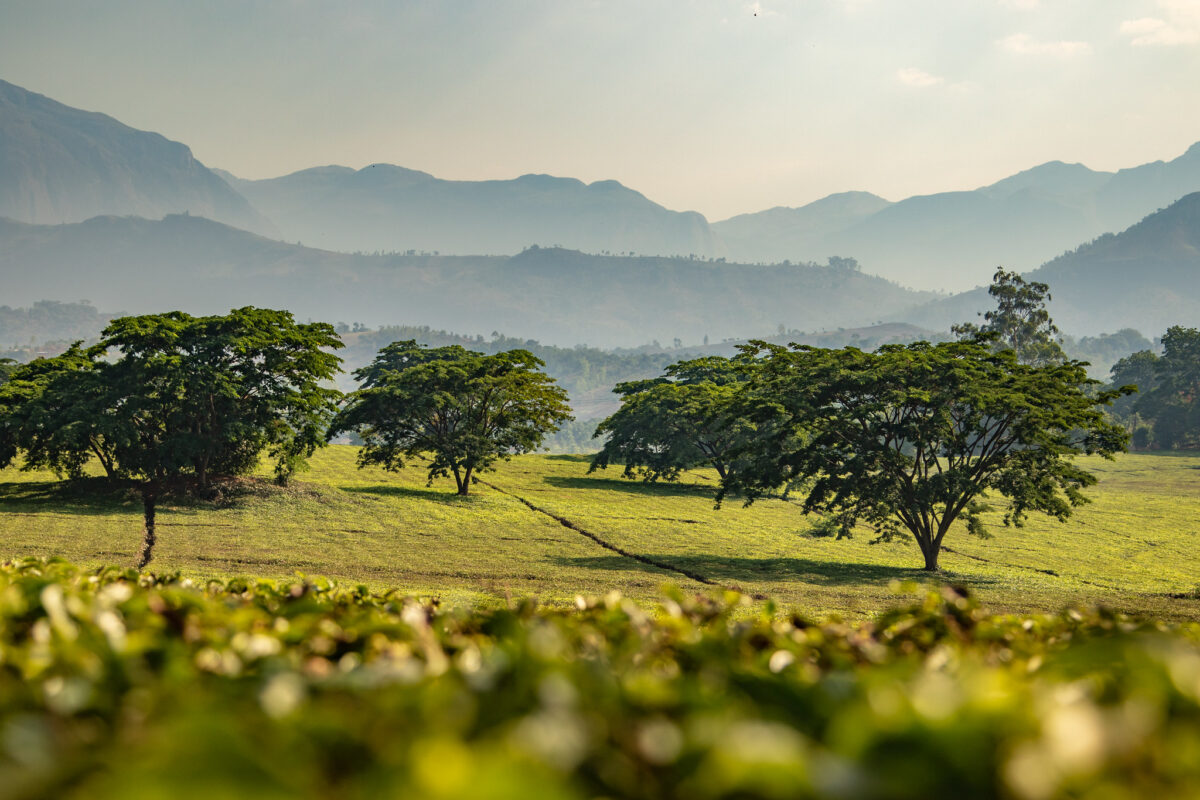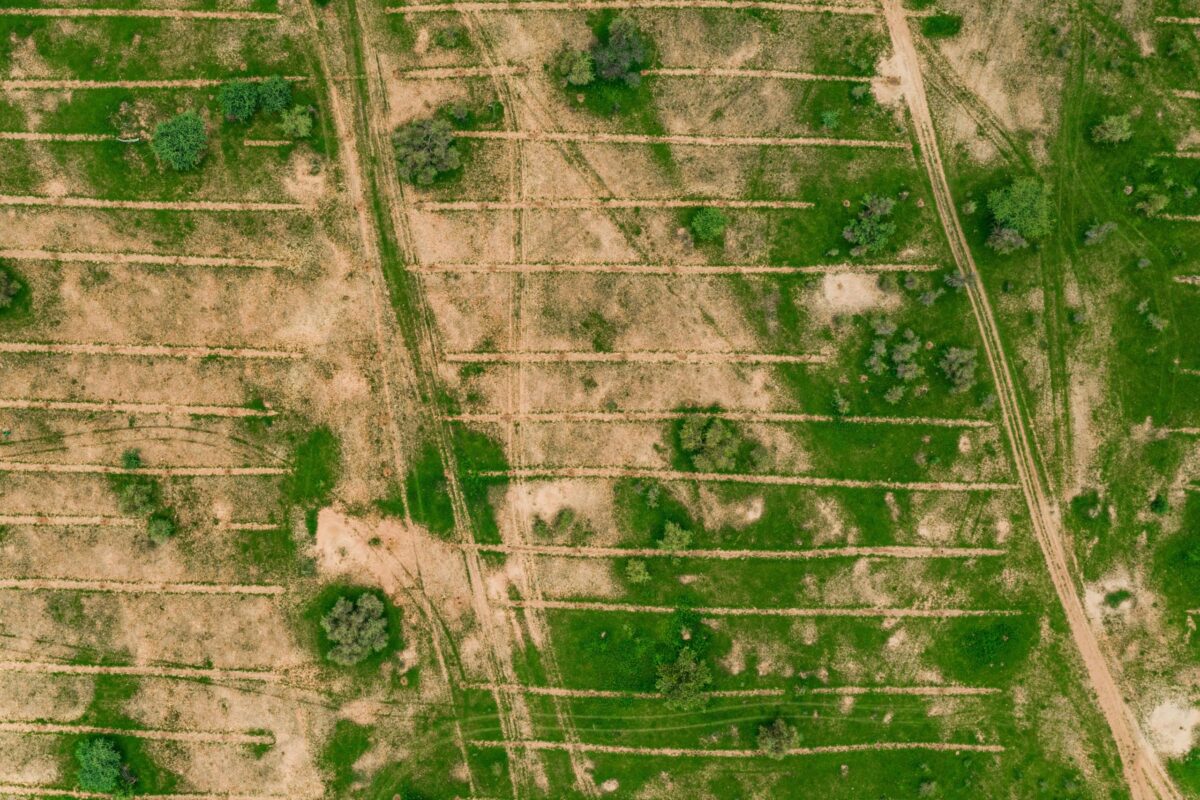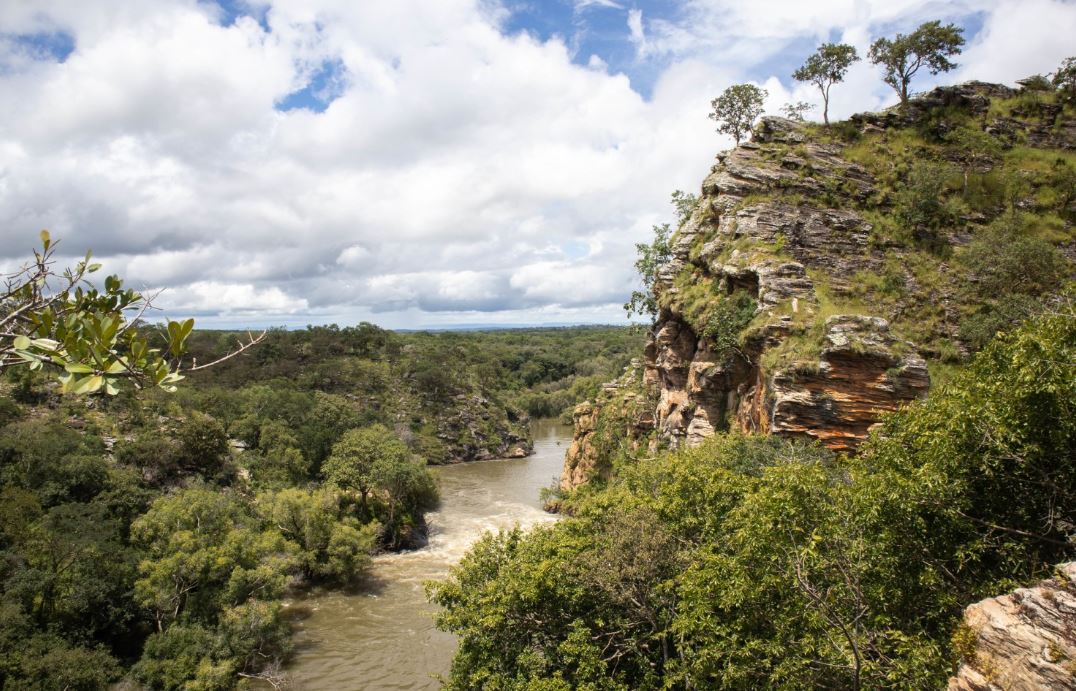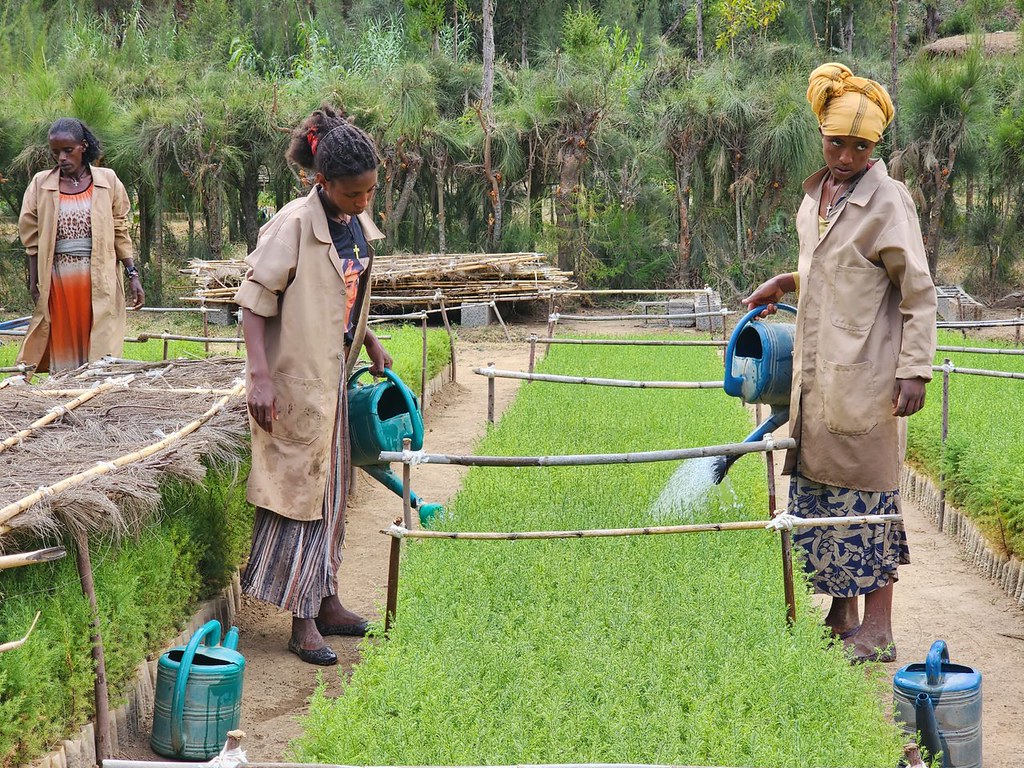One of the workers from the community is Gebreyesus G. who manages the plantation site in the Seret-Guragursa watershed. He is a war veteran and has lost his hand during the conflict. Enthusiastic to contribute to landscape restoration in his village, he is a key person in community mobilization and monitoring of the plantation sites. Gebreyesus boldly expresses his commitment to transform the degraded environment: “Rehabilitation and restoration of degraded hillsides is the base for our existence. Long time ago, this site was a forest area composed of big trees like Olive and Croton but, due to mismanagement, free grazing and uncontrolled utilization the area gradually became a degraded hillside. We now see scattered Acacia trees, shrubs and aloe. This is why the rainfall became erratic and sometimes causes floods, which is very threatening for the farmers living at the bottom of the hillside as farming becomes less productive. It also causes landslides and rolling of big stones to streams, settlement areas and farmlands.”
Before joining the project, Gebreyesus was for seven years administrator of kebele (Ethiopian administrative municipality). “Previously, my colleagues and I have achieved a number of remarkable outcomes in soil and water conservation. Our village was named first in our sub-region for seven consecutive years. A major factor in our success is the commitment of the community to work at what they believe in and their interest in creating a good environment for everyone’s lives. The community understands tree planting and soil and water conservation are the basis for restoring the degraded lands,” says Gebreyesus. Looking down hopefully from the peak of the mountain on farmlands below, he goes on to say: “I am confident that we will achieve our objectives and make the site a show-case for other districts.”
Since the start of 2017, a total of 34,300 trees were planted in the Seret Kebele, enriching 45 ha of degraded forest land. WeForest will continue to support the management and monitoring of planted seedlings and create livelihood opportunities for the community residing around these areas.


